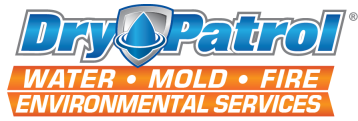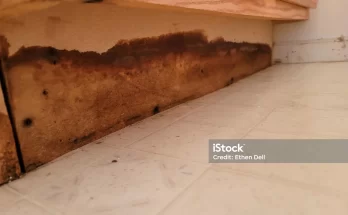Across the nation, homes are feeling the brunt of the increasing frequency of heat domes and soaring temperatures. But while most of us focus on the immediate discomfort and risks of these sweltering conditions, there’s a silent, creeping threat that often goes unnoticed – mold growth. This article dives deep into how intensified heat can accelerate mold proliferation and offers tips to mitigate its menace.
Understanding the Mold Boom
Mold thrives in warm, damp environments. Heat domes create the perfect cocktail for their rapid growth. The heat intensifies water evaporation, leading to increased indoor humidity. Now couple this with instances like a flooded basement, water overflow, or even a mere basement crack that permits moisture seepage, and the result is a mold-friendly habitat.
Why Should You Worry?
Beyond being an eyesore, mold can:
- Deteriorate your property’s structural integrity.
- Pose health risks, including respiratory issues and allergic reactions.
- Decrease your property’s value, especially if water damage restoration isn’t promptly undertaken.
Preventing Mold Growth Amidst Heat Waves
- Invest in Dehumidifiers: As heat intensifies indoor humidity, using a dehumidifier can help maintain an environment less conducive to mold growth.
- Immediate Action Post Water Damage: After events like a flood, it’s essential to seek “restoration near me” services. Brands like Servpro and ServiceMaster are noteworthy, but also consider local restoration companies like Dry Patrol, which might offer more personalized solutions.
- Regularly Check for Leaks: Busted pipes or any emergency water leak should be addressed promptly. Time is of the essence; the quicker you act, the less opportunity mold has to form.
- Waterproof Your Basement: Preventing a flooded basement begins with proper waterproofing. Ensure there are no vulnerabilities that can lead to water seepage.
- Monitor Indoor Plants: Overwatering plants or using unsterilized potting mix can be a source of mold growth. Ensure pots have a proper drainage system and avoid overwatering.
- Ensure Proper Ventilation: Let your house breathe. Regularly air out damp areas, especially basements and bathrooms.
- Regular Maintenance: Regularly inspect areas of your home prone to water damage. This includes checking for signs of wear and tear in roofing, pipes, and walls.
Conclusion
While the fight against mold may seem daunting, especially with nature’s odds stacked against us, it’s a battle that can be won with vigilance and prompt action. If you’re faced with an overwhelming mold situation, don’t hesitate to reach out to restoration companies experienced in water damage restoration. The key is prevention and swift response. So, as we face more heatwaves and the challenges they bring, remember that protecting our homes is within our control.




